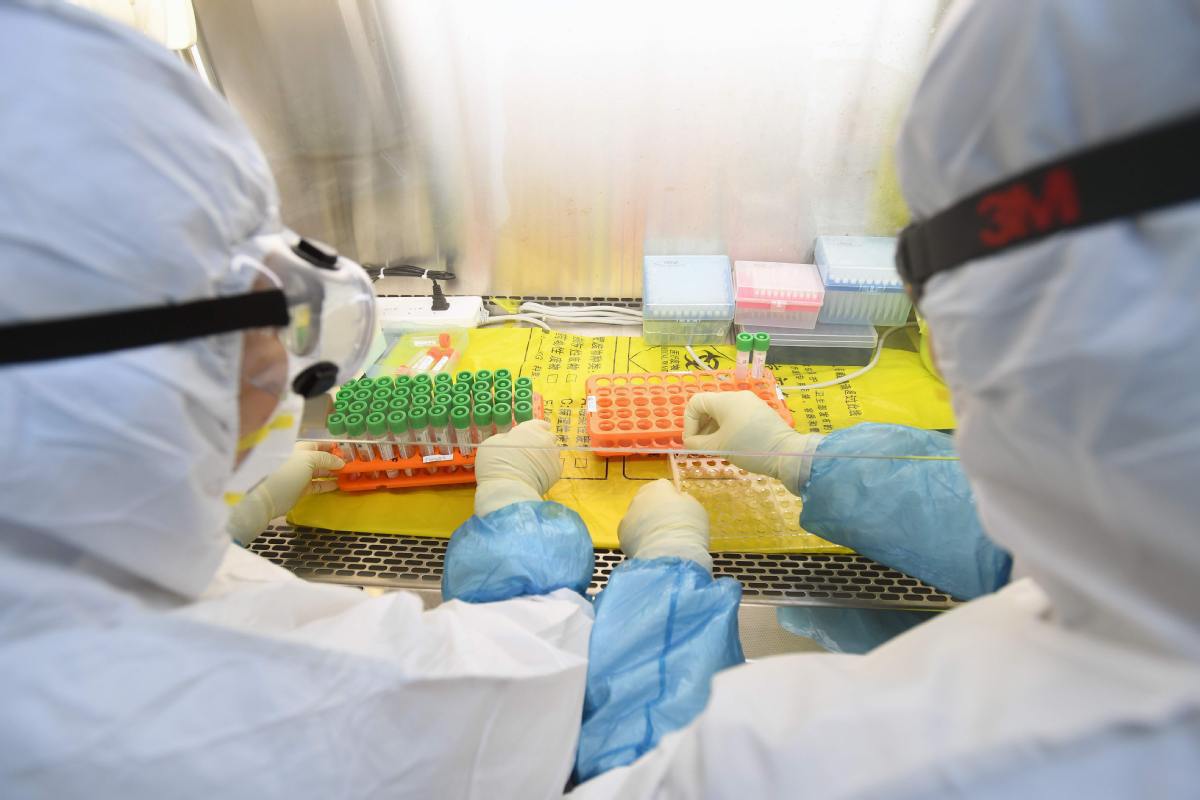Expert says nucleic acid testing proving effective

Asymptomatic infections, which are a heated issue in China amid the COVID-19 outbreak, do not escape nucleic acid testing, said a senior expert in Shanghai.
"The test results do not have anything to do with whether the patient will eventually show symptoms or not," Li Chongshan, vice-director of the microbiology division of the Shanghai Municipal Center for Disease Control and Prevention, told China Daily on Tuesday.
The National Health Commission said on Wednesday that there were 1,367 asymptomatic cases of COVID-19 under medical observation in China by the end of Tuesday.
It said that China will scale up screening of such cases and expand testing to close contacts of infected patients in an effort to prevent a possible domestic rebound of the outbreak.
Li said that based on data in Shanghai and nationally, asymptomatic patients who do not show any symptoms of COVID-19 throughout the 14-day incubation period or even longer accounted only for 1 to 5 percent of the total number of patients so far.
"A person who did not show any symptom of novel coronavirus infection when testing positive for the virus would usually develop symptoms in several days. That means they were in the incubation period of the virus when taking the test," he said.
Medical experts said that in most cases a person will test positive for the virus through nucleic acid testing two to three days after getting infected.
The Shanghai CDC division has been responsible for producing lab test results since early March for inbound airline passengers arriving in Shanghai who showed signs of fever or respiratory symptoms and were suspected cases through epidemiological investigations at customs.
Thanks to strict quality control, lab workers did not need to perform a test for the second time to double check the samples which have tested positive or negative for the virus, Li said.
He explained that when the machine produced test results for a group of samples, lab workers were able to quickly determine which results were positive from the data provided.
Please feel free to contact us by sending your questions to question@chinadaily.com.cn or commenting on China Daily app. We will ask experts to answer them.














